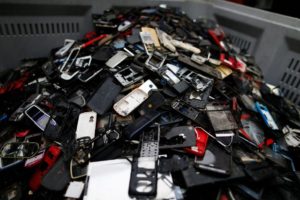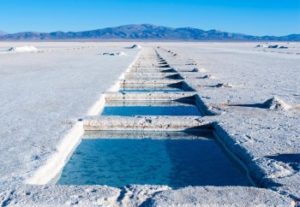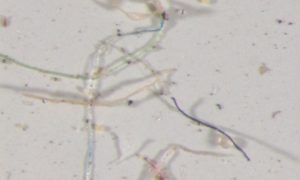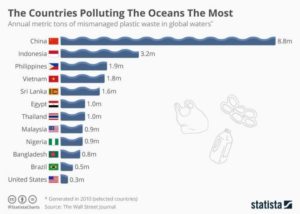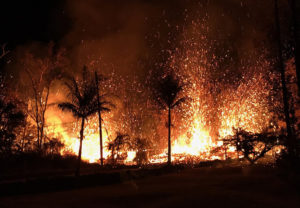by University of Plymouth, July 16, 2025
Summary
- Twenty-five years after first warning that oil spills would wane while invasive species and climate impacts would surge, an international team revisits its coastal forecasts and finds many bull’s-eyes, alongside surprising misses. Plastic pollution, ocean acidification, and sensory pollution have risen faster than imagined, even as strong treaties curbed chemicals like TBT. The scientists argue that shorelines remain “sentinels” for the global ocean and urge a blend of local action and sweeping accords such as a Global Plastics Treaty to keep future surprises in check.
- …
-
At the dawn of the millennium, a group of eminent scientists began compiling a list of the threats they felt were most likely to impact the world’s rocky shorelines over the coming quarter of a century.
Published in 2002, it included forecasts that – among other things – pollution from oil spills would decrease, the number of invasive species across the world would rise, genetically-modified organisms would have harmful effects on the ocean, and the impacts of global climate change would be felt more intensely.
…

